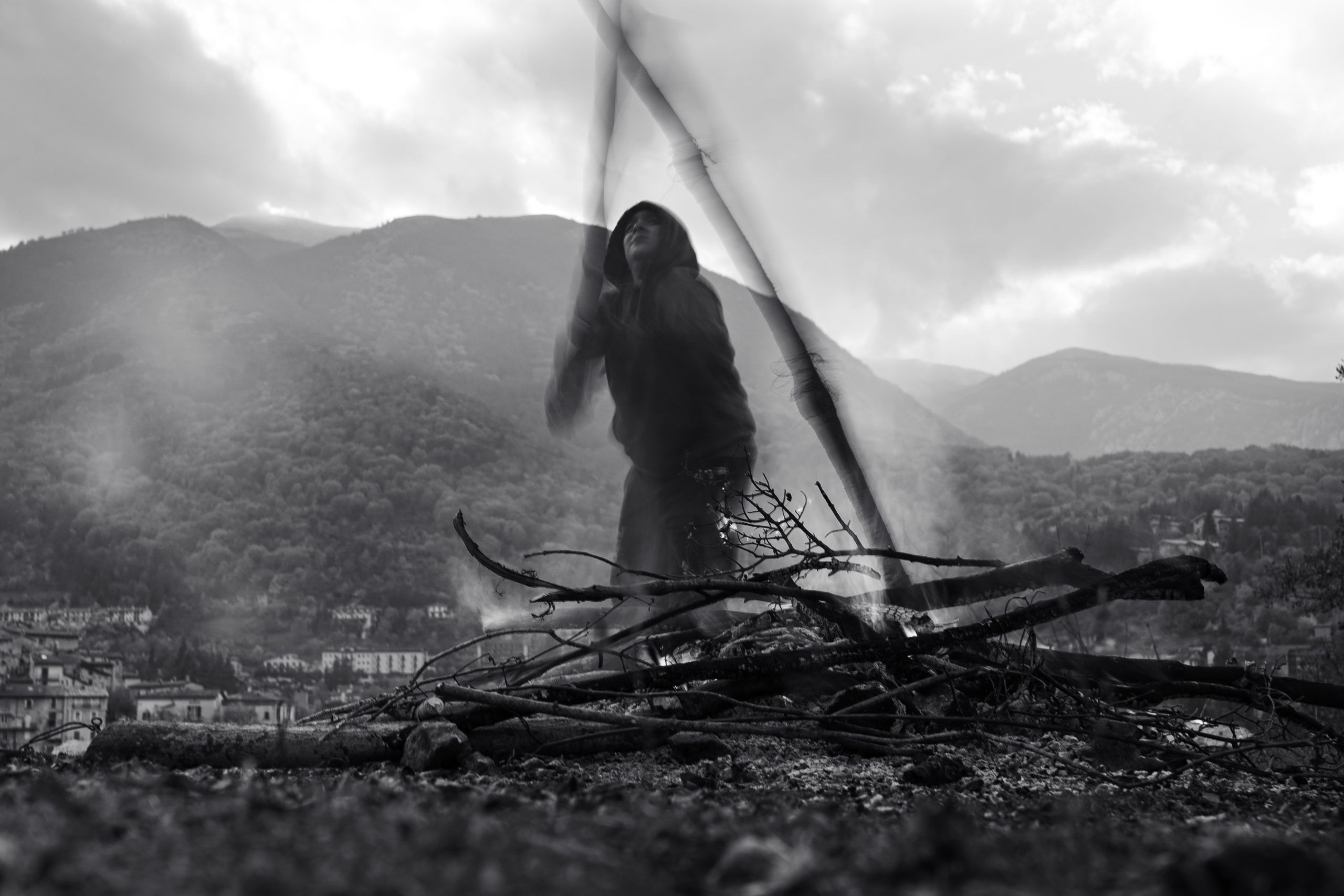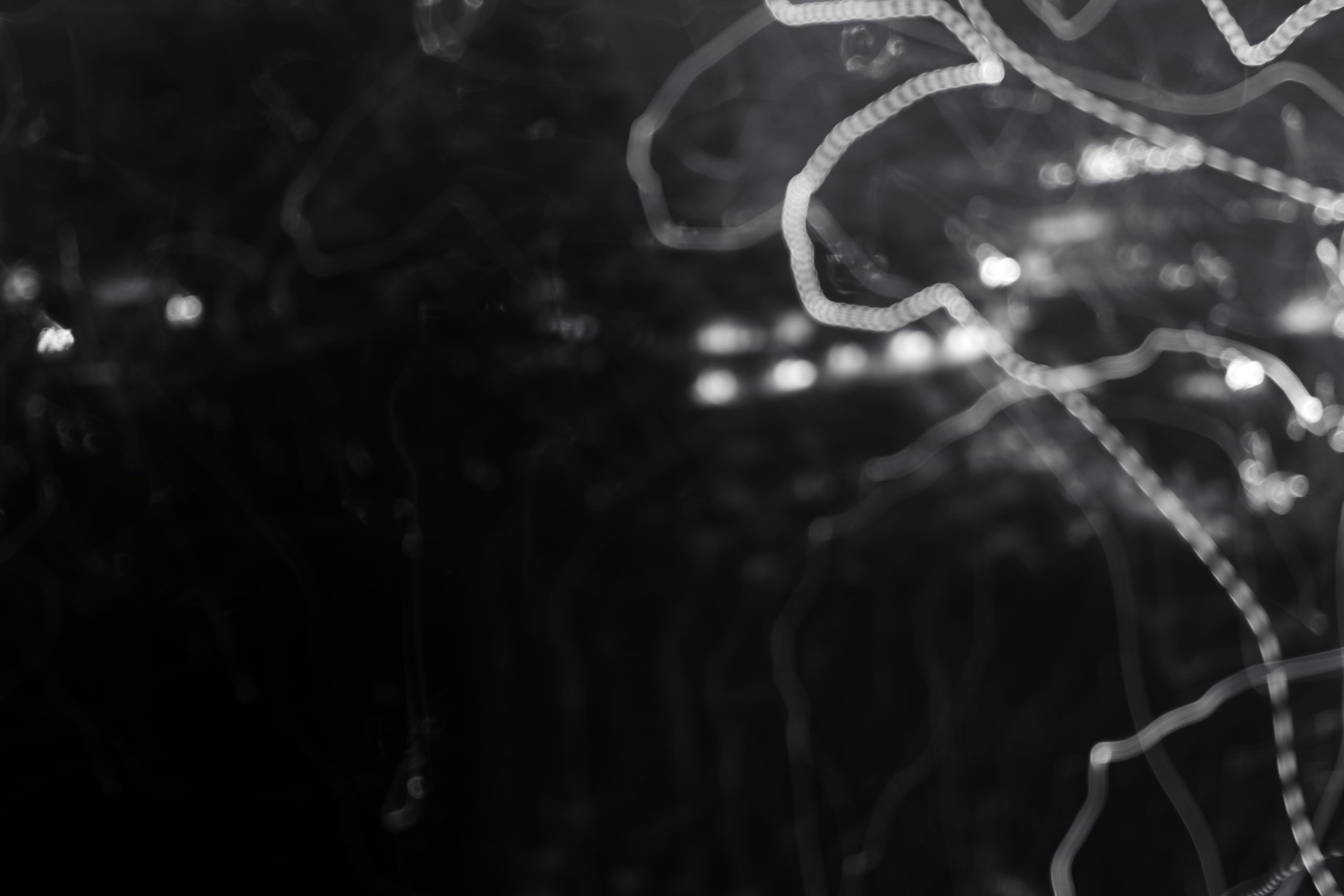
The Creative Power of Imperfection in Photography
I’m beginning to understand more and more that photography is a place of tension between logic and creativity, where “mistakes” (Sic!) assert their right to be part of the artistic process. A tilted frame, overexposure, or a blurry motion: what rationality labels as a flaw, art elevates into a unique form of expression.
The best pictures differentiate themselves by layers. A photograph is like a screen that has an accumulation of mystery. You don’t have to explain every detail; you can leave something for the imagination. – Ernest Haas
In this visual paradox, “errors,” far from being mere accidents, manifest as true creative acts, unveiling an order hidden within chaos. These so-called imperfections are increasingly appreciated in an era dominated by technical perfection. Modern technology makes it nearly impossible to capture a photo that could genuinely be considered a mistake. Every device, from professional cameras to smartphones, is designed to auto-correct exposure, focus, and white balance, minimizing the margin of error.
A Rebellion Against Perfection
In this context, the error becomes a subversive act, a defiance of technological hyper-control that brings photography back to its most human and imperfect essence. These “defects” are no longer technical limitations but expressive languages capable of conveying emotions that perfection simply cannot match. A tilted frame or a blurry detail becomes the hallmark of a photograph that rebels against conformity.
The act of embracing imperfections in photography reflects a broader cultural shift. The sterile precision of modern technology, while technically impressive, can sometimes strip away the emotional resonance of an image. It is the raw, unpolished moments—the ones technology often tries to erase—that resonate most deeply, reminding us of our humanity.
The Role of Imperfections in Art


Art has always thrived in the spaces where the unexpected occurs. Whether it’s the spontaneous brushstroke of a painter or the off-key note in a jazz performance, these deviations from the norm are what make the experience alive and memorable. Photography is no different. The imperfections—grainy textures, unpredictable lighting, or accidental compositions—breathe life into an image, allowing it to tell a story that perfection would suppress.
Today’s black-and-white photography, for example, embodies this ethos beautifully. Stripped of the distractions of color, it relies on contrast, texture, and light to evoke emotion. Here, imperfections are not flaws; they are part of the narrative. They are the heartbeat of the photograph, a reminder of the photographer’s hand and the moment’s fleeting nature.
Scanno: A Case Study in Imperfection
Places like Scanno, with their timeless charm and evocative landscapes, serve as perfect settings for this philosophy. The winding alleys, the interplay of light and shadow, and the candid expressions of its people invite a photographic approach that celebrates imperfection. A slightly out-of-focus shot of a street corner or an overexposed capture of a sunlit piazza doesn’t detract from the image—it enhances it, turning it into an authentic reflection of the soul of Abruzzo.
Embracing the Imperfect Future
As we move forward in a world increasingly dominated by algorithms and artificial intelligence, it’s crucial to preserve spaces for imperfection. Photography, as an art form, has the power to remind us that life’s beauty often lies in its unpredictability. By embracing imperfections, we not only challenge the homogenization brought on by technology but also reconnect with the deeply human aspects of creativity.
In my humble opinion, this is the future of photography: a celebration of the unpolished, the chaotic, and the imperfect. After all, isn’t that what makes us feel alive?
#Scanno
#Scannography
#LeGlorieDiScanno
#GloriesSanMartinoScanno
#Abruzzo
#BlackAndWhitePhotography





Leave a Reply
You must be logged in to post a comment.